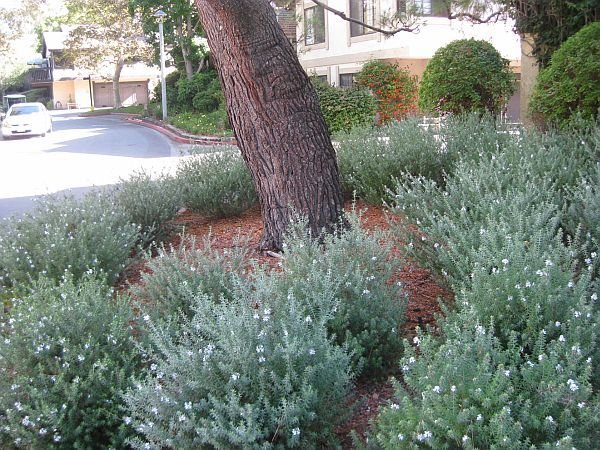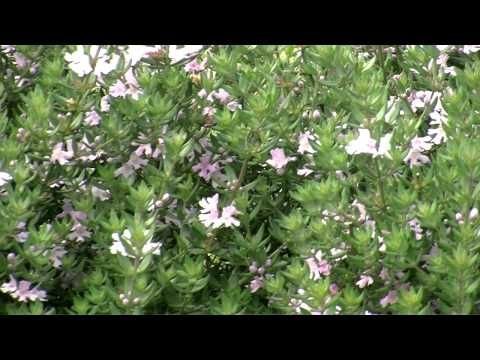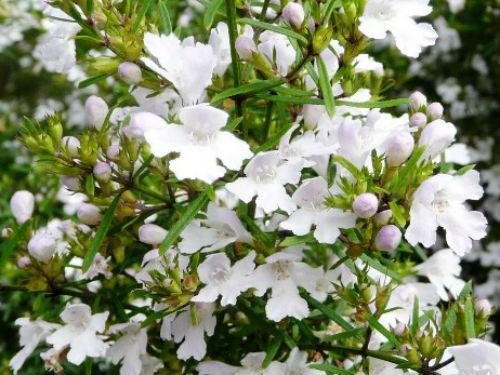Westringia is a member of the Lamiaceae family, making it a relative of Mint, Lavender and Salvia to name a few. A distinguishing feature of this family is the stems are squared off, almost like the result of fitting a square peg through a round hole. The 25 species are all native to Australia, occurring in all states except the Northern Territory. With the ability to be used in rockeries, cottage, native or coastal gardens, members of the Westringia species sit comfortably in many different styles of garden. There are also many smaller cultivars perfectly suited to smaller urban blocks.
These plants are drought tolerant, though providing the plant with some additional water during extended dry periods will prevent the leaves from yellowing and dropping. If this does occur, prune back to just below the remaining leaves soon after an adequate rain fall to help the plant regain a bushy habit.

Westringia have a classic flower of the mint Family (Lamiaceae) with two upper lobes and three lower lobes. Colours range from white through pink to pale purple. Many species flower for most of the year, except in extreme hot and cold weather. During long periods of rain the flowers will rot, but the plant will throw out new blooms almost as soon as the sun reappears.
Cuttings can be used as a filler in flower arrangements with the stiff stems and attractive small leaves providing good visual structure. The buds will continue to open after being picked.
Preferably plant out in full sun. While they can handle light shade, the growth will be more open with fewer flowers. As they come predominantly from coastal regions, they prefer sandy soils. However they adapt well to any drained soil. Organic matter added to the soil will benefit the plant by maintaining a steady supply of moisture around the roots.
Westringia can also withstand sea spray.
Rarely are these plants affected by pests or diseases. The biggest threat to the health of the plant is heavy and poorly drained soil. The root system will rot very quickly if the plant finds itself sitting in constantly wet soil.

Westringia fruiticosa, otherwise known as Coastal Rosemary, is the most common species found in cultivation. In its original form, It will grow to 2m high and over 2 m wide. The leaves, which do resemble Rosemary, are grey/green on the upper side and silvery on the underside. They do not contain volatile oils to the same extent as Rosemary officionalis and have no culinary value. If left to its own devices in the garden, Coastal Rosemary will grow into quite an open shrub, with branches dropping towards the ground in a haphazard manner. This is a fantastic feature if you are trying to achieve a dune or heath land feel to the garden. Otherwise it responds well to regular, light prunings to forming it into a low hedge or neatly shaped shrub. Many cultivars of W. fruticosa exist including 50cm high ground covers and variegated forms such as ‘Smokie’.
 https://www.amberleaflandscaping.com.au/plant-directory/westringia/
https://www.amberleaflandscaping.com.au/plant-directory/westringia/